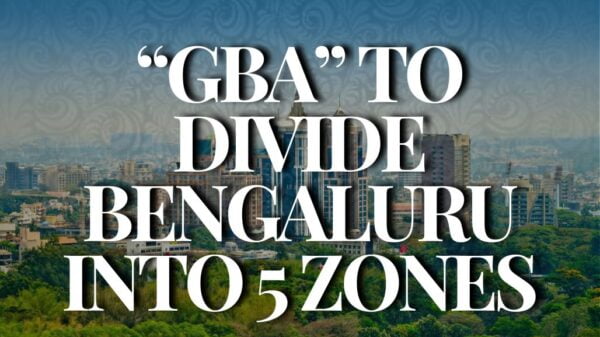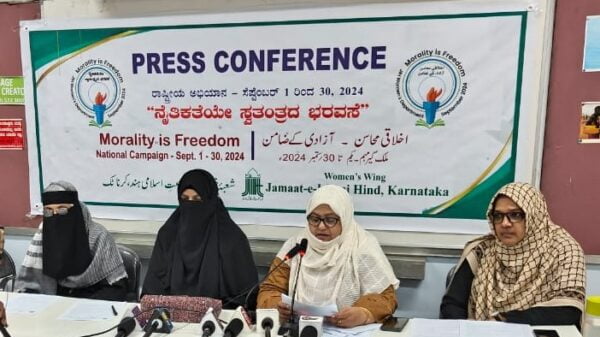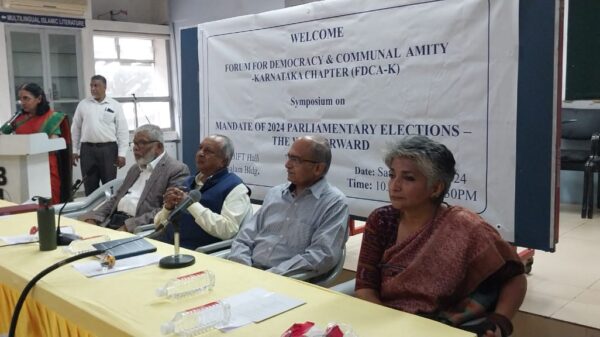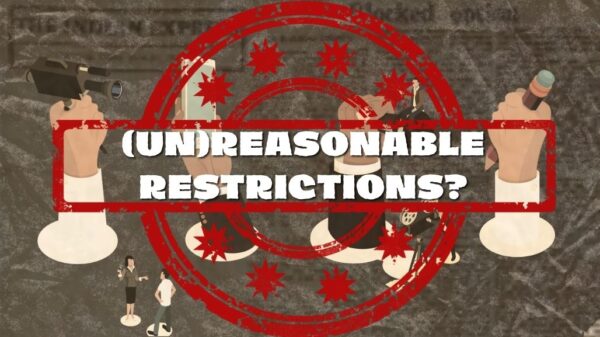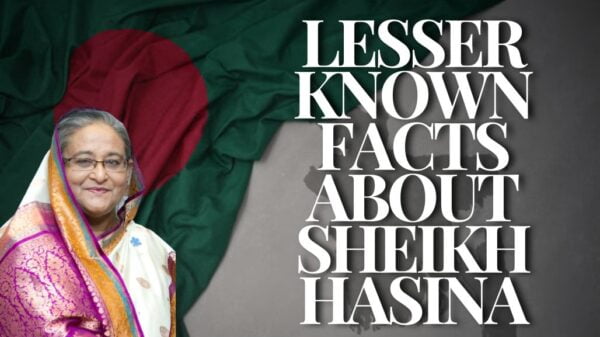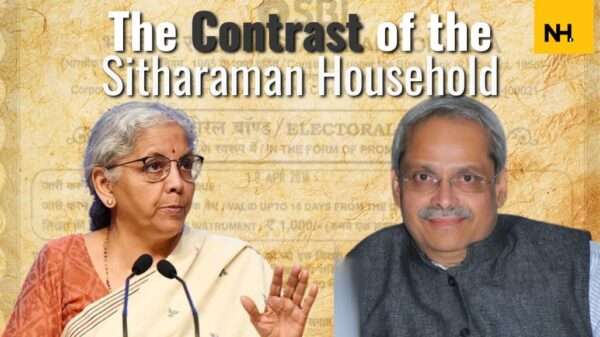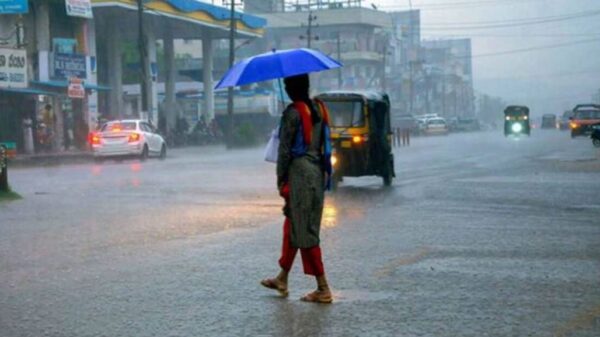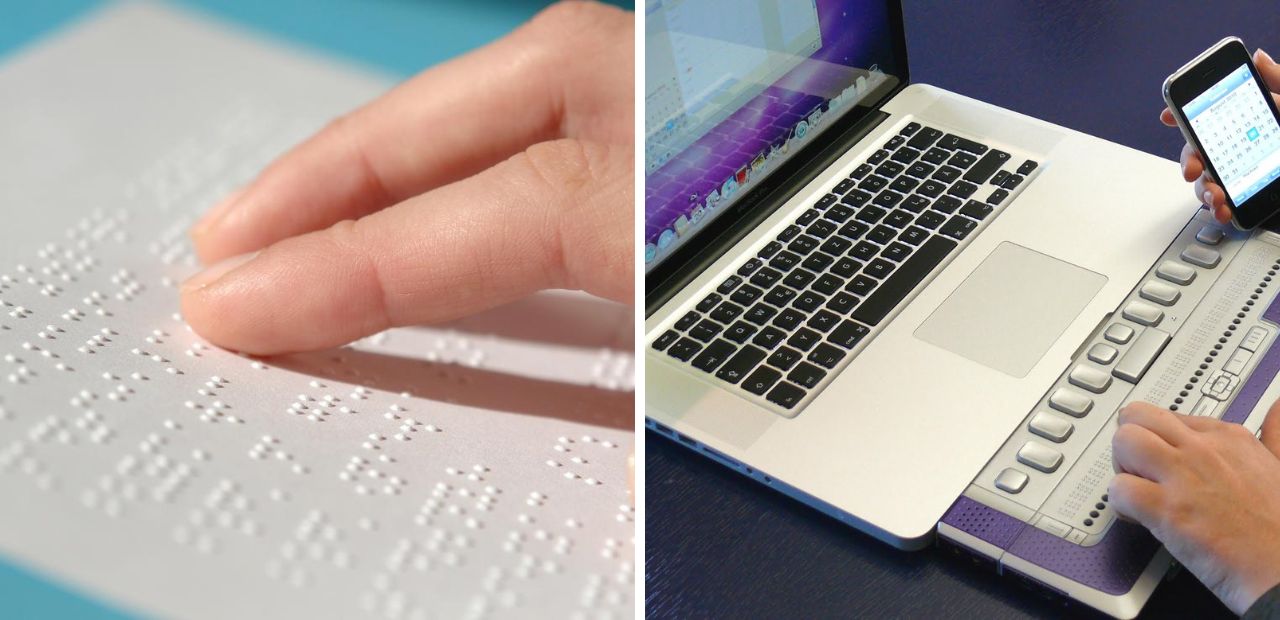World Braille Day is observed on the 4th of January every year as an annual observance to honour Louis Braille, the inventor of the Braille system of reading and writing. World Braille Day aims to increase public awareness about braille as a form of communication for the blind and partially sighted.

Louis Braille. Image Courtesy: QuotesGram
Image Courtesy: Memories and SuchNot only the day but the first month of the year, January is also considered Braille Literacy Month. The special event is observed throughout the month to spread awareness about the importance of Braille and Braille Literacy.
Here are a few things you need to know about World Braille Day…
What is Braille?
Braille is a tactile representation of alphabetic and numerical symbols using six dots to represent each letter and number, and even musical, mathematical and scientific symbols.
Why is Braille important?
Even under normal circumstances, persons with disabilities worldwide are less likely to access health care, education, employment and to participate in the community. They are more likely to live in poverty, experience higher rates of violence, neglect and abuse, and are among the most marginalized in any crisis-affected community.
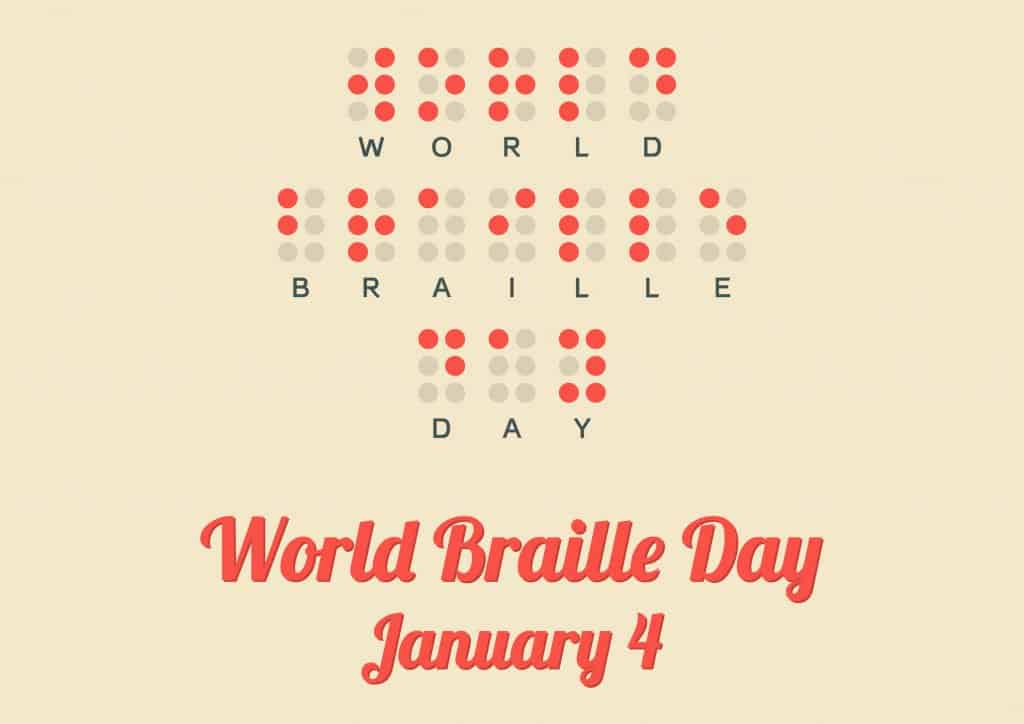
Image Courtesy: Memories and Such
Braille is essential in the context of education, freedom of expression and opinion, as well as social inclusion, as reflected in article 2 of the Convention on the Rights of Persons with Disabilities in the UN charter.
Background of the invention.
World Braille Day was formed in 2019 by the United Nations General Assembly. An educator for the visually impaired, Braille who is a Frenchman got blind at an early age and decided to develop his eponymous writing and reading system to help others. His writing system used six tactile dots to represent alphabetic, numerical, musical, mathematical and scientific symbols. The raised dots are used to represent the symbols that make up the code. For reading, writing and communicating the Braille code, people use their sense of touch.

Image Courtesy: thescottishsun
Louis Braille developed the Braille system around 1824.
In 1824, Braille developed his own system of reading and writing for the blind, which he called the Braille system. Braille is still used to interpret books and make life easier for those with visual impairments even after 200 years of its invention.
Where is it used?
It’s used by millions of people around the world who are blind or visually impaired. Braille is frequently used in everyday products including payment terminals, shampoo bottles, and prescription packets to interact with blind people.
Braille’s diversification.
Braille was a Frenchman who initially invented the device in the French language but due to its popularity and demand, it has also been adapted for use in many different languages, including English, Spanish, French, and German.
COVID-19’s affect on the Braille system
The pandemic has revealed how critically important it is to produce essential information in accessible formats, including in Braille and audible formats. Otherwise, many persons with disabilities could face a higher risk of contamination due to a lack of access to guidelines and precautions to protect and reduce the spreading of a pandemic. COVID-19 has also emphasized the need to intensify all activities related to digital accessibility to ensure the digital inclusion of all people.
UN’s efforts to raise the reachability of the invention.
In Malawi, the United Nations Development Programme (UNDP) has produced 4,050 braille materials on awareness and prevention of COVID-19. In Ethiopia, the Office of the United Nations High Commissioner for Human Rights (OHCHR) disseminated audio information, and educational and communication materials, to media professionals, and has developed Braille versions of the educational messages. UNICEF has produced guidance notes that are available in multiple languages and accessible formats (including Braille and ‘easy-to-read’).
Invention’s timeliness.
before the existence of Braille, the visually impaired people used the Hauy system, which was a Latin system that was designed on thick paper or leather. However, its inability to allow people to write and its lack of technicality and shortcomings resulted in the invention of the Braille system.
Braille’s universal acceptability.
Braille is a universally accepted system of writing, which can be read on both embossed paper and by using refreshable braille that connects to smartphone devices.
The United Nations under the Sustainable Development Goals has taken up the task to uplift the un-looked communities and providing them with assistance to a healthy living for a better tomorrow. But it’s not just their duty to keep in check with the affected communities but ours too.
ALSO READ:-
Mamaearth: The Rise Of This Mother-Like Natural Skincare Brand





















